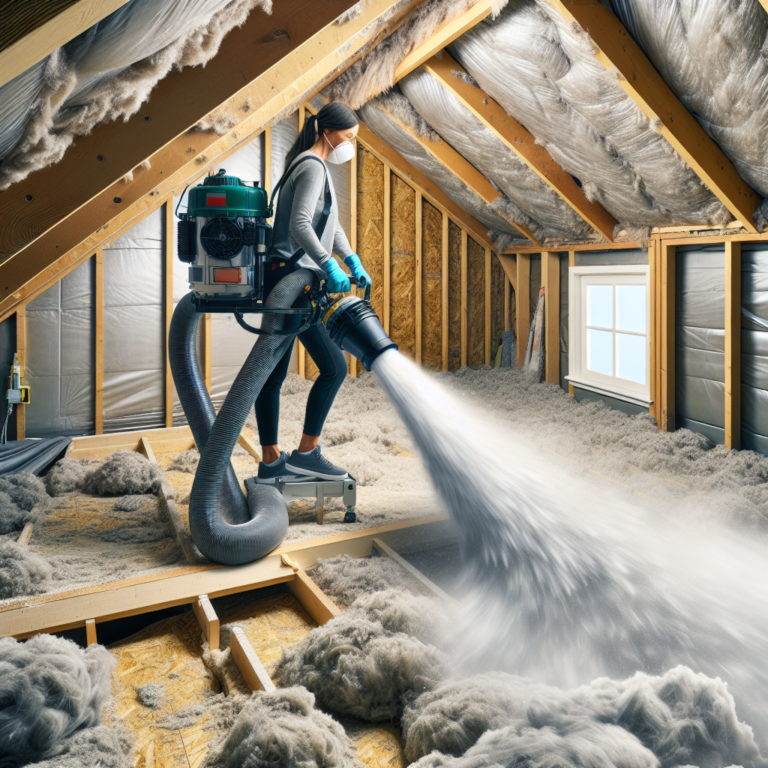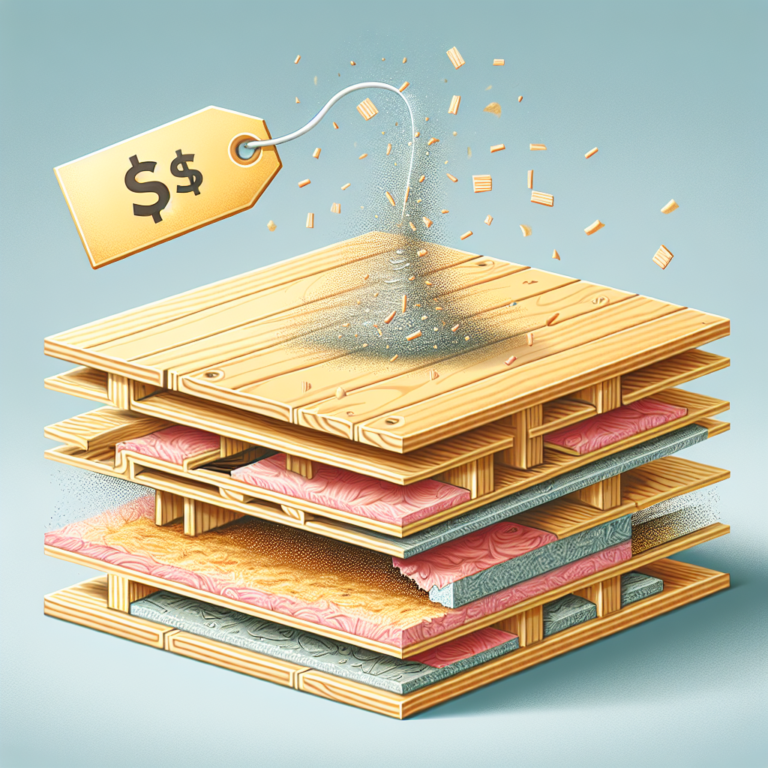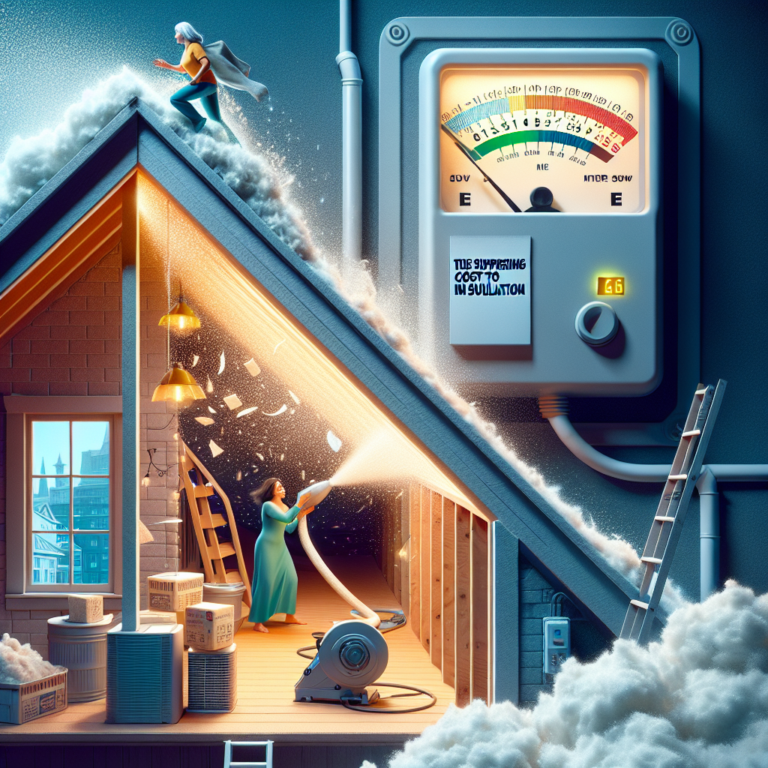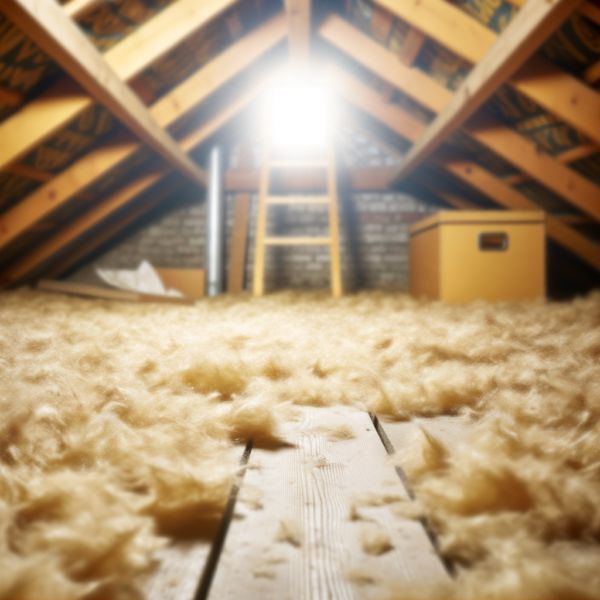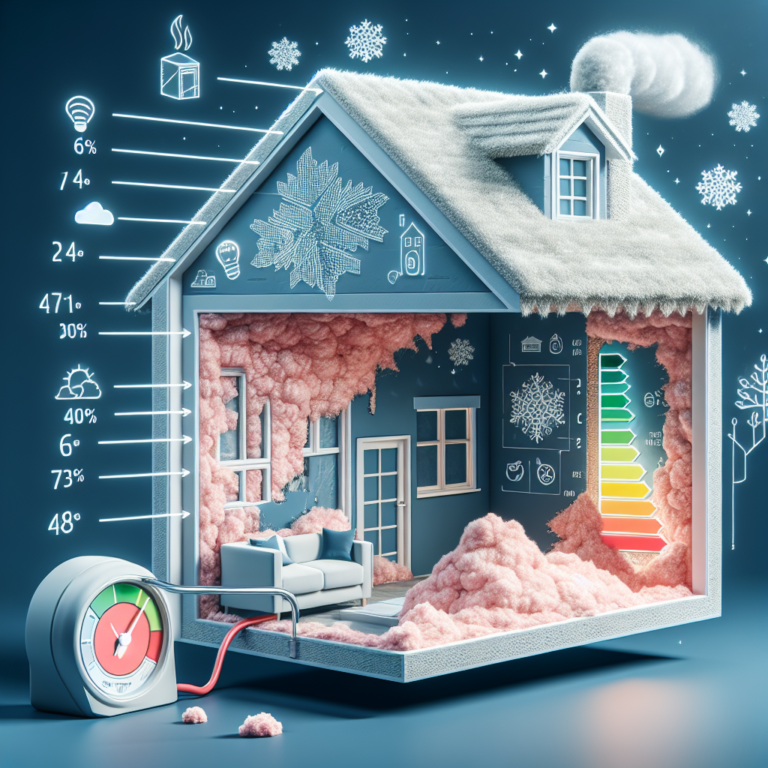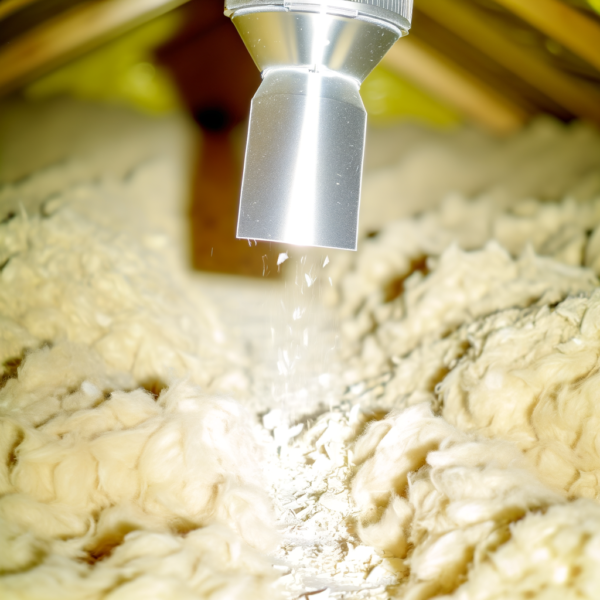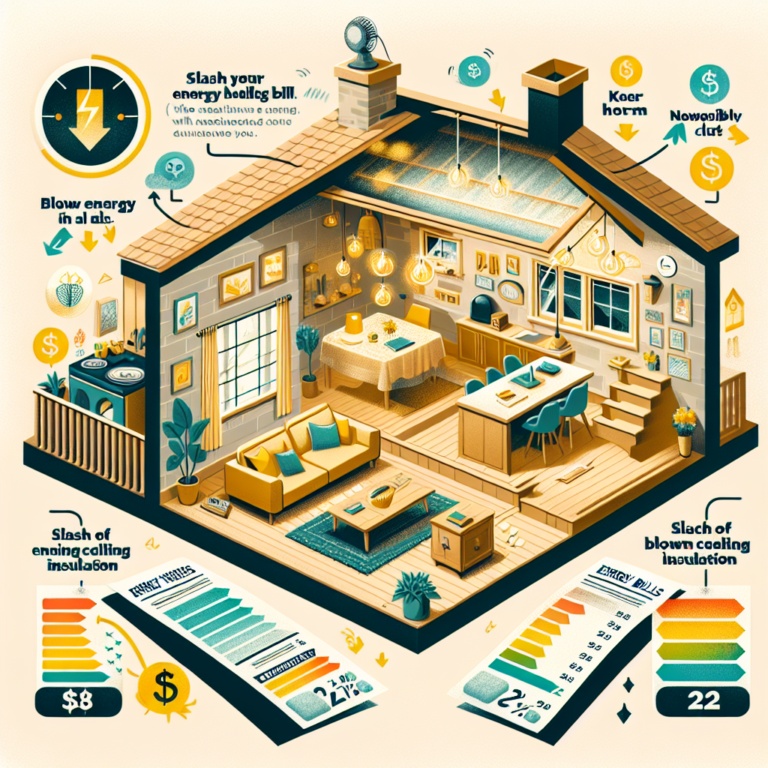Slash Your Energy Bills: The Surprising Cost of Blown-In Attic Insulation
Introduction
With energy bills climbing every year, homeowners are hunting for ways to slash costs and boost comfort. Heat escaping through an uninsulated attic can account for up to 25% of overall home heat loss—and that’s where blown-in attic insulation comes in. Affordable, fast to install, and remarkably effective, blown-in attic insulation delivers a high return on investment by tightening your building envelope and reducing HVAC strain. In this article, we’ll explore why blown-in attic insulation is such a game-changer, what drives its cost, and how it stacks up against other insulation options.
H2: What Is Blown-In Attic Insulation and How Does It Work?
Blown-in attic insulation, also called loose-fill or air-blown insulation, consists of small particles of fiberglass, cellulose, or mineral wool. A specialized machine propels these particles into attic cavities, where they nestle into every nook and cranny. Unlike rigid batts that leave gaps, blown-in material conforms to irregular shapes, envelopes pipes and wiring, and seals tricky corners—creating a continuous thermal barrier that reduces drafts and keeps conditioned air inside your living space.
H2: Key Benefits of Blown-In Attic Insulation
• Energy Savings: With an R-value up to R-60 in the attic, you can cut heating and cooling costs by 10–20%.
• Complete Coverage: Loose-fill material conforms to uneven joists, rafters, and wiring bundles, eliminating thermal bridges.
• Quick Installation: Most 1,000-square-foot attics can be insulated in just a few hours, minimizing disruption.
• Eco-Friendly Options: Cellulose loose fill is often made from recycled paper; fiberglass and mineral wool frequently contain recycled content.
• Soundproofing: The dense, layered fibers absorb noise, reducing street or appliance sound intrusion.
• Longevity: Blown-in insulation resists settling and retains its full R-value for decades.
H2: Factors Affecting the Cost of Blown-In Attic Insulation
Several variables determine your final investment in blown-in attic insulation:
• Material Type: Fiberglass runs about $0.50–$1.00 per sq. ft.; cellulose $1.00–$1.50; mineral wool $1.50–$3.00.
• Attic Size and Layout: Larger or awkwardly shaped attics require more material and labor.
• Existing Insulation Removal: Stripping out old, damaged insulation adds $0.50–$1.00 per sq. ft.
• Desired R-Value: Higher R-values need thicker layers, increasing material costs.
• Accessibility: Tight crawl spaces or multiple levels may require extra labor and longer hose runs.
• Regional Labor Rates: Local installation fees vary by market, ranging from $0.50 to $1.00 per sq. ft. on average.
On average, homeowners pay between $1,500 and $2,500 to insulate a 1,000-square-foot attic with blown-in insulation. While the upfront investment might seem significant, projected energy savings often recoup the cost within 3–5 years.
H2: Comparing Blown-In Attic Insulation to Other Options
• Fiberglass Batts: $0.75–$1.50 per sq. ft.; easier to install yourself but prone to gaps and thermal bridging.
• Spray Foam: $1.50–$3.00 per sq. ft.; creates an airtight seal and moisture barrier but carries a premium price tag.
• Rigid Foam Board: $1.25–$2.50 per sq. ft.; excellent R-value per inch but challenging to cut around obstacles and seams.
Blown-in attic insulation strikes a balance: its per-square-foot cost is competitive with batt insulation but delivers near-spray-foam performance in air sealing—without the higher material and installation premiums.
H2: Q&A About Blown-In Attic Insulation
1) What’s the average cost per square foot?
Expect to pay $1.50–$2.50 per sq. ft. installed, depending on material and attic complexity.
2) Which material offers the best value?
Cellulose balances cost, eco-friendly composition, and performance; fiberglass is cheapest but slightly less efficient; mineral wool costs more yet provides superior fire resistance and sound dampening.
3) DIY or professional installation?
Renting a blower can save on labor if you’re handy—but pros ensure correct density, depth, and distribution and can handle old insulation removal, code compliance, and debris cleanup.
Conclusion
Investing in blown-in attic insulation is one of the quickest, most cost-effective ways to cut energy bills, boost comfort, and increase your home’s resale value. By choosing the right material, properly preparing your attic, and comparing quotes from reputable contractors, you can harness the full benefits of blown-in attic insulation—enjoying lower utility costs and a cozier home for decades to come.



